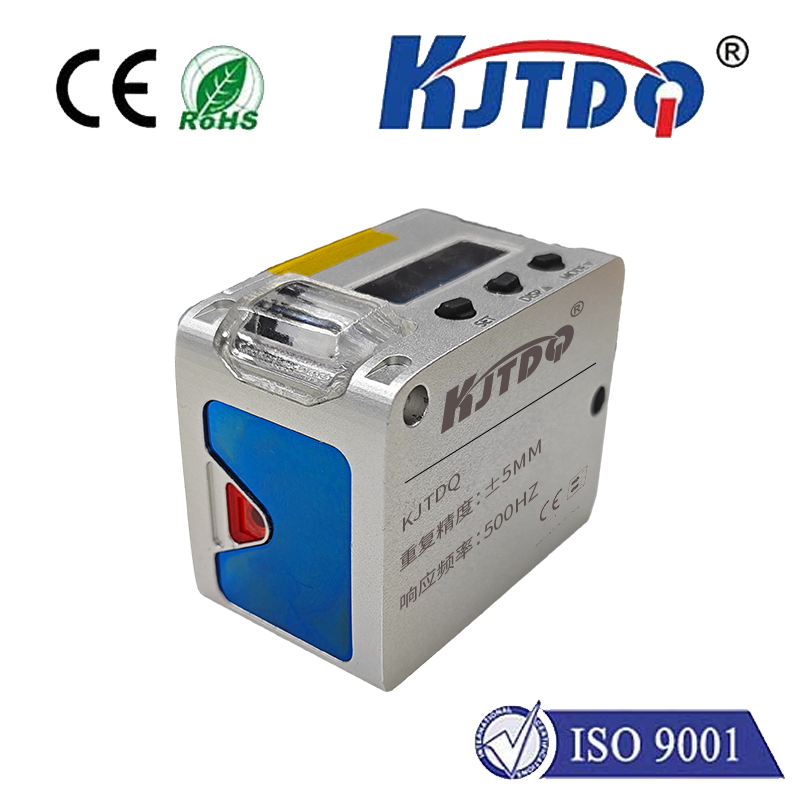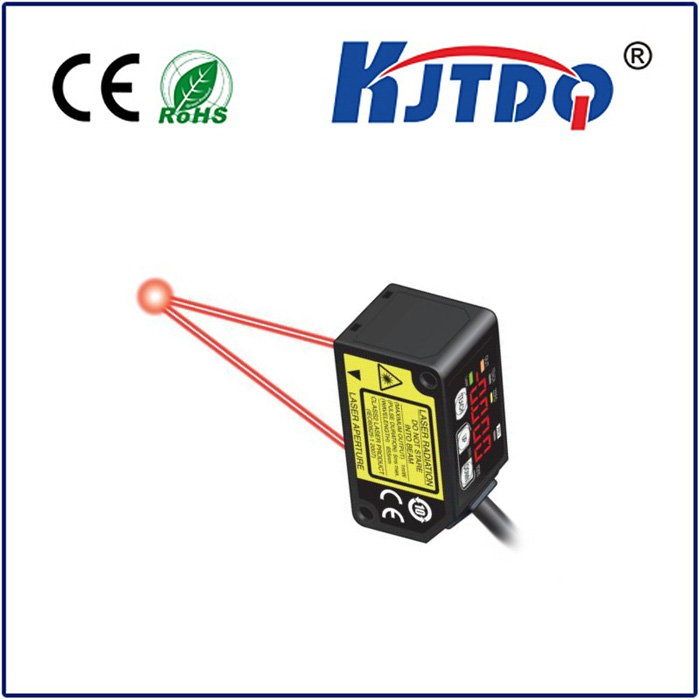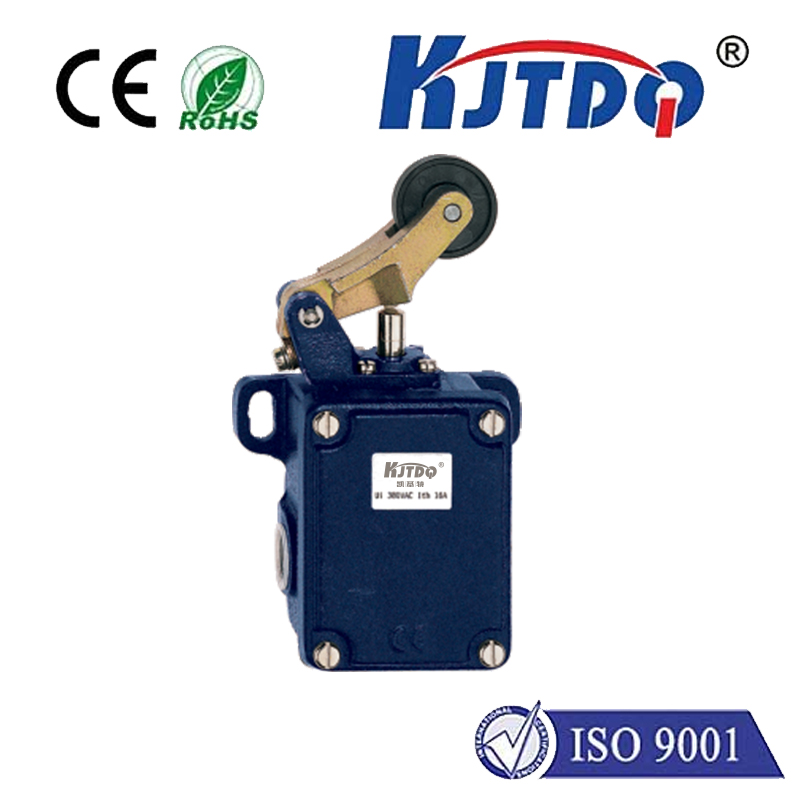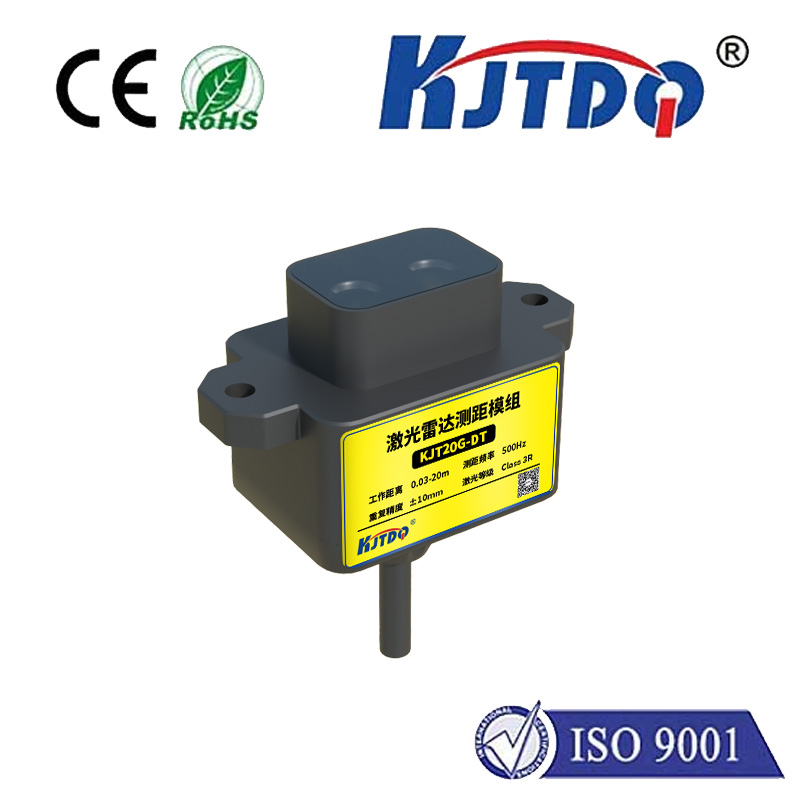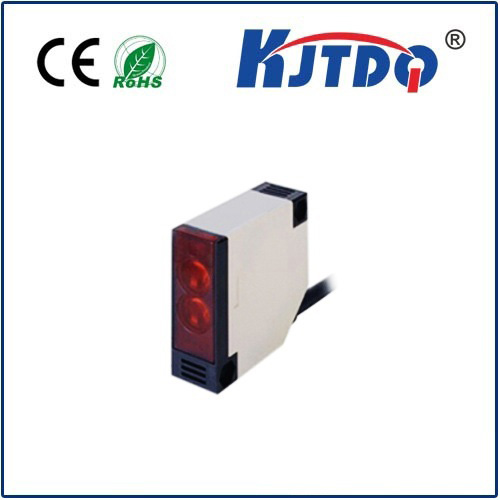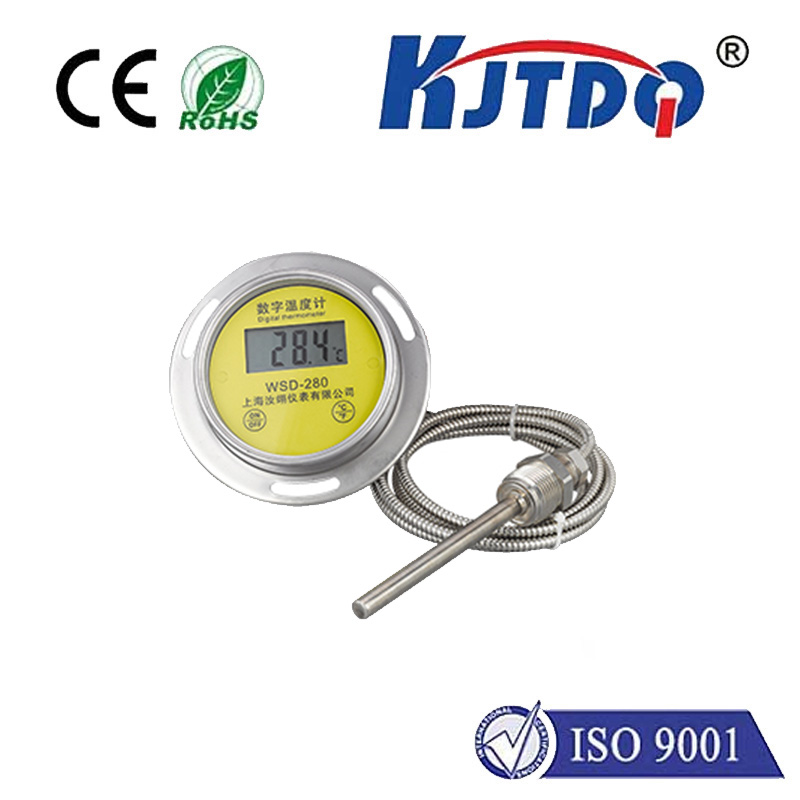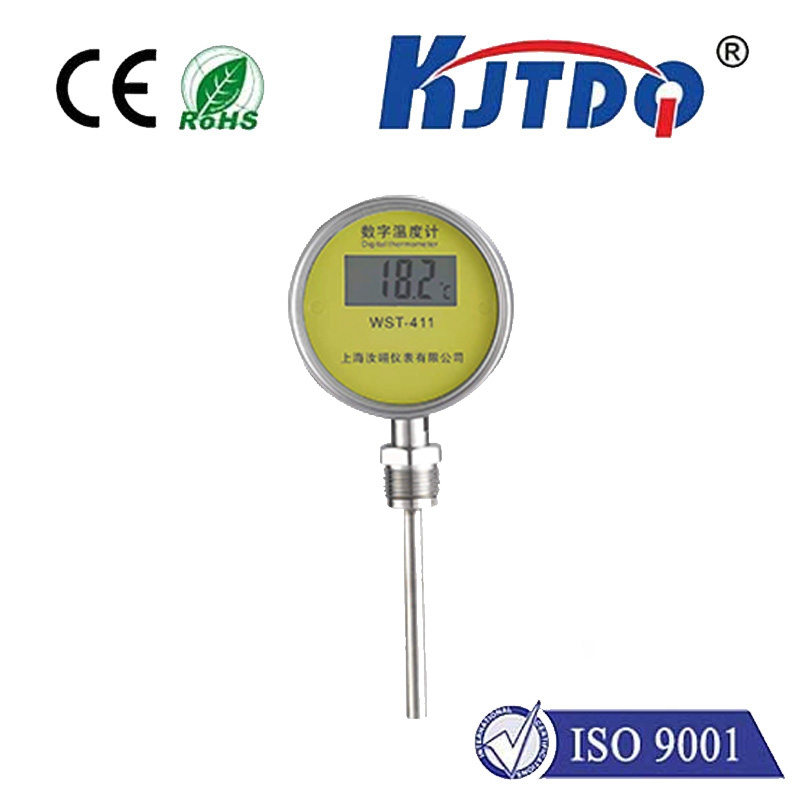Exploring the Lidar RPLIDAR A1: A Comprehensive Guide to Precision Scanning Technology In the world of robotics, autonomous vehicles, and smart devices, precision is everything. Lidar technology has emerged as a game-changer, enabling machines to “see” and navigate their environments with unparalleled accuracy. Among the many lidar devices available, the RPLIDAR A1 stands out as a cost-effective and reliable solution for a wide range of applications. Whether you’re a robotics enthusiast, a developer, or a tech innovator, understanding the capabilities of the RPLIDAR A1 can open doors to new possibilities.
Lidar, which stands for Light Detection and Ranging, is a remote sensing method that uses laser beams to measure distances and create detailed 3D maps of surroundings. It’s widely used in applications like autonomous driving, robotics, mapping, and even archaeology. The RPLIDAR A1 is a compact, affordable lidar sensor designed for scenarios where precision and affordability are equally important.
The RPLIDAR A1 is a standout device in its category, offering a unique blend of performance and accessibility. Here’s what makes it special:
360° Scanning Range: The RPLIDAR A1 provides a full 360-degree field of view, making it ideal for applications that require comprehensive environmental awareness.
High-Speed Data Capture: With a scanning frequency of up to 10 Hz, it delivers real-time data for dynamic environments.
Легкий и компактный: Its small form factor makes it easy to integrate into robots, drones, and other devices without adding significant weight.
Affordable Pricing: Unlike high-end lidar systems, the RPLIDAR A1 is budget-friendly, making it accessible for hobbyists and small-scale projects.

Легко интегрируется: It comes with a user-friendly SDK and supports multiple platforms, simplifying the development process.
The versatility of the RPLIDAR A1 makes it suitable for a wide range of applications:
Робототехника: From obstacle avoidance to mapping, the RPLIDAR A1 is a popular choice for robotic projects. Its 360° scanning capability ensures that robots can navigate complex environments with ease.
Autonomous Vehicles: While high-end lidar systems dominate the autonomous vehicle industry, the RPLIDAR A1 is often used in smaller-scale projects, such as autonomous carts or drones.
Smart Home Devices: The sensor can be integrated into smart home systems for tasks like room mapping or object detection.
Education and Research: Its affordability and ease of use make it an excellent tool for students and researchers exploring lidar technology.
At its core, the RPLIDAR A1 operates by emitting laser beams and measuring the time it takes for the light to bounce back after hitting an object. This data is then used to calculate distances and create a detailed map of the surroundings. The device rotates continuously, allowing it to capture a full 360-degree view. One of the key advantages of the RPLIDAR A1 is its real-time data processing. This means that it can provide instant feedback, which is crucial for applications like obstacle avoidance or navigation.
When choosing a lidar sensor, it’s important to consider factors like range, accuracy, and cost. The RPLIDAR A1 may not have the long-range capabilities of high-end lidar systems, but it excels in scenarios where short-to-medium range scanning is sufficient. Its affordability and ease of use make it a practical choice for many projects. For example, while devices like the Velodyne VLP-16 offer superior range and resolution, they come with a much higher price tag. The RPLIDAR A1, on the other hand, strikes a balance between performance and cost, making it a popular option for developers and hobbyists.
To maximize the potential of your RPLIDAR A1, keep the following tips in mind:
Optimize Placement: Ensure that the sensor is positioned to provide an unobstructed 360° view.
Calibrate Regularly: Regular calibration can help maintain accuracy over time.
Use Quality Software: Leverage the SDK and community resources to streamline integration and development.
Consider Environmental Factors: The performance of the RPLIDAR A1 can be affected by factors like lighting and reflective surfaces, so test it in various conditions.
As lidar technology continues to evolve, devices like the RPLIDAR A1 are making it accessible to a broader audience. Its affordability and reliability are helping to democratize lidar, enabling more people to experiment with and innovate in this exciting field. Whether you’re building a robot, developing a smart device, or exploring new technologies, the RPLIDAR A1 is a tool that can help you achieve your goals. Its combination of performance, affordability, and ease of use makes it a standout choice in the world of lidar sensors.

